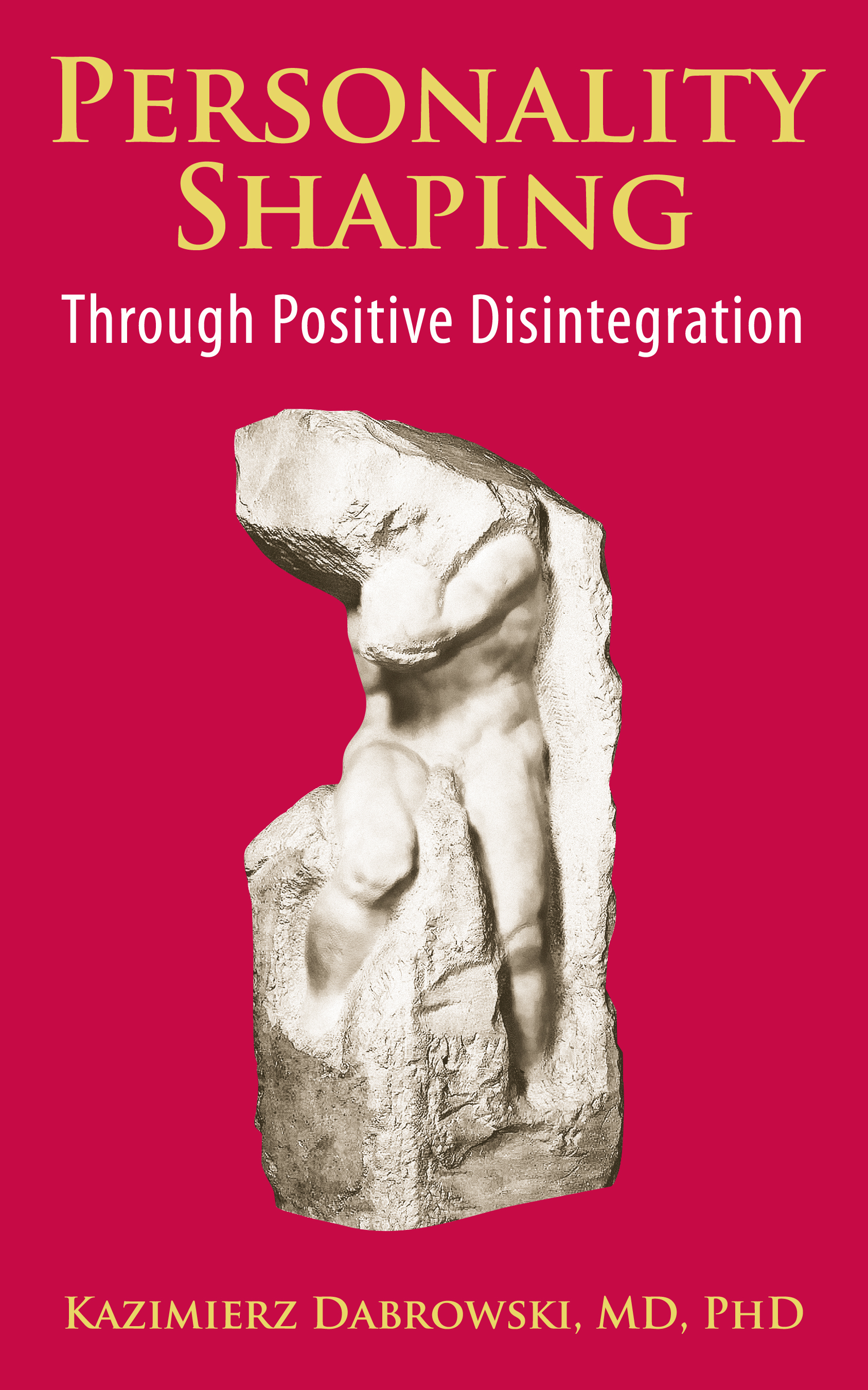

Dabrowski feels that no growth takes place without previous disintegration. He regards personality as primarily developing through dissatisfaction with, and fragmentation of, the existing psychic structure-a period of disintegration - and finally a secondary integration at a higher level. Integration is the opposite: evolution, psychic health, and adequate adaptation, both within the self and to the environment.ĭabrowski postulates a developmental instinct-that is, a tendency of man to evolve from lower to higher levels of personality. In general, disintegration refers to involution, psychopathology, and retrogression to a lower level of psychic functioning. Anxiety, psychoneurosis, and psychosis are symptoms of disintegration. He defines disintegration as disharmony within the individual and in his adaptation to the external environment.

Kazimierz Dabrowski refers to his view of personality development as the theory of positive disintegration. You will learn about transpersonal psychology's daring forays into the worlds of the shaman and the mystic how your perinatal (birth and prebirth) experience profoundly affect you even today what past-life, near-death, and out-of-body phenomena teach us about our life purpose and much more. Are emotional states and behavioral patterns explained solely by brain chemistry and life experience - or could they be expressions of far vaster universal energies? Which specific mind states most powerfully accelerate integration and healing of the self? And how do you access these states? In The Transpersonal Vision, Grof answers these questions - and raises many others - in a stunning summation of his groundbreaking life's work. For over 40 years, Stanislav Grof has tested and brought these methods into the field of modern psychology.

In every mystical wisdom tradition, nonordinary states of consciousness have served as essential tools for discovering why we are here and how we can live richer, more meaningful lives.


 0 kommentar(er)
0 kommentar(er)
